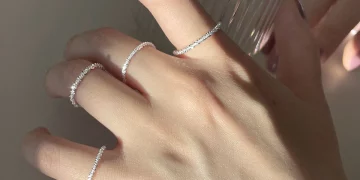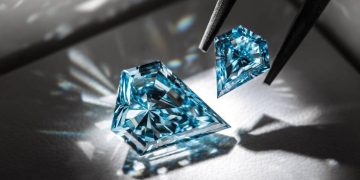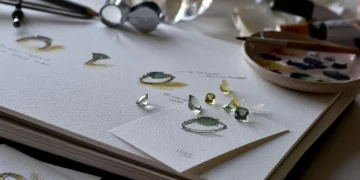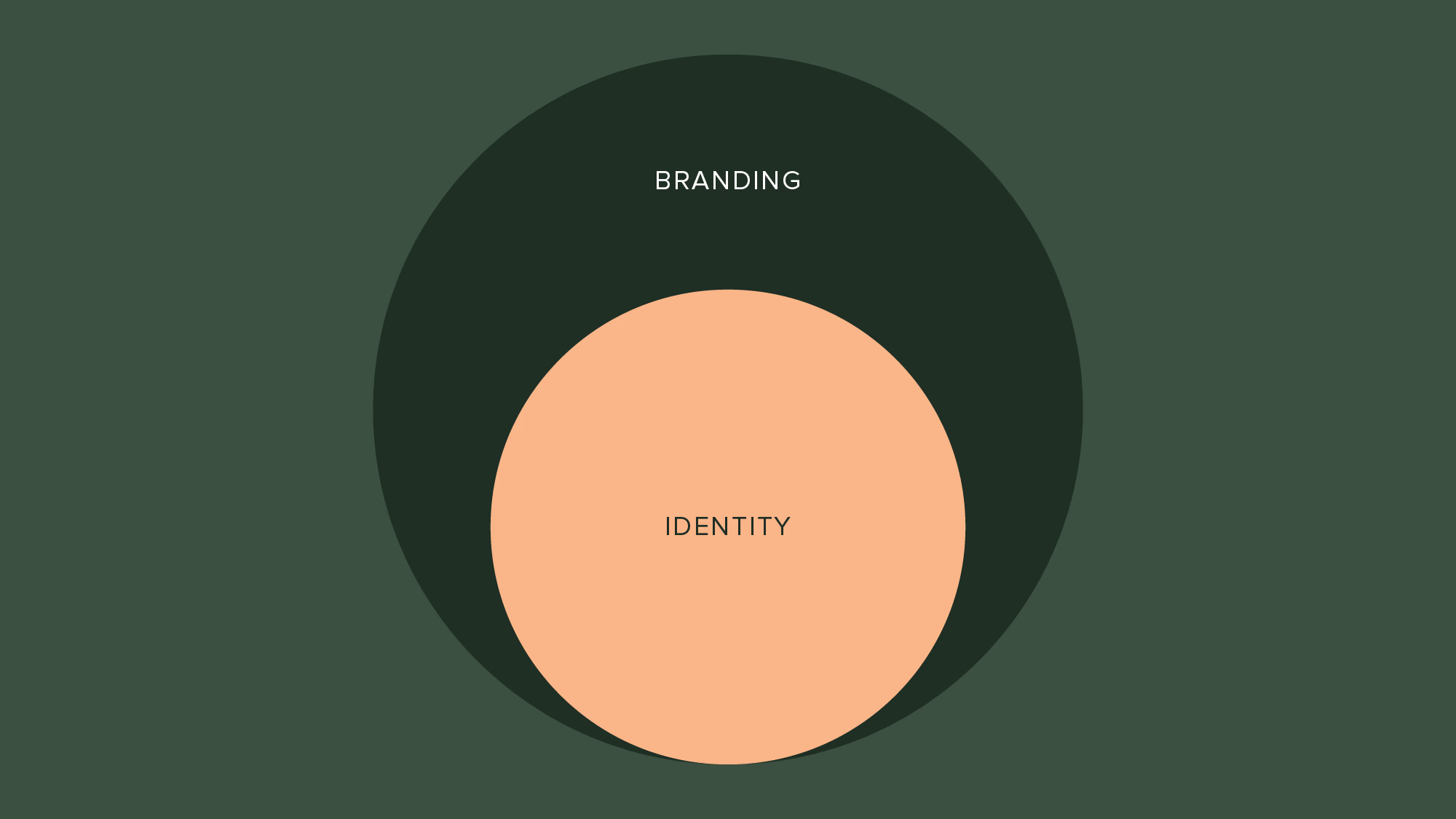In the world of luxury, jewelry stands as one of the most coveted forms of personal expression. Top jewelry designers are seen not only as masters of their craft but also as innovators pushing the boundaries of art, design, and craftsmanship. However, the creation of exquisite jewelry goes beyond artistry alone. Balancing creativity with market demand is a delicate challenge that even the most celebrated designers face. As the jewelry industry continues to evolve, how do these designers stay true to their artistic vision while ensuring their creations remain commercially successful? Let’s dive into this fascinating intersection of artistry, creativity, and business savvy that defines the work of today’s top jewelry designers.
1. The Role of Creativity in Jewelry Design
A. The Designer’s Vision
For top jewelry designers, creativity is the foundation of their work. The most successful designers often begin with a vision that is purely artistic, driven by their experiences, inspirations, and personal style. This vision may take form through a unique interpretation of history, nature, or culture. For instance, David Yurman is known for his signature twisted designs, which combine modern elements with classical influences, while Bulgari’s collections often reflect an extraordinary fusion of ancient Roman and contemporary Italian aesthetics.
Creativity allows designers to innovate and offer something new to the market, challenging the conventional norms of jewelry design. Haute couture jewelry, in particular, is where the boundaries of creativity are stretched the most, with pieces often featuring artistic motifs and avant-garde concepts. Designers in this space are encouraged to create jewelry that not only dazzles with technical expertise but also evokes emotions and tells a story.
B. Pushing Boundaries
The creative freedom afforded to top jewelry designers is one of the reasons their work is so highly regarded. They take risks in terms of materials, form, and design, which often leads to truly revolutionary pieces. For example, Tiffany & Co. designers may experiment with colored diamonds, unconventional gemstones, and innovative settings that break away from traditional expectations, allowing them to create designs that stand out in the competitive luxury jewelry market.
Creativity also comes into play in the use of new technology and production methods. The use of CAD (Computer-Aided Design) and 3D printing allows for greater precision and enables designers to bring intricate ideas to life in ways that traditional techniques might not permit. With these tools, designers can make more experimental choices, offering consumers fresh, unexpected styles while maintaining the level of luxury and sophistication expected from high-end jewelry.
2. The Role of Market Demand
A. Understanding Consumer Preferences
While creativity is vital to jewelry design, understanding the demands of the market is equally important for success. Jewelry is not only a form of personal expression but also an investment and status symbol for many of its buyers. In this respect, the market for luxury jewelry is driven by evolving tastes, cultural trends, and socio-economic factors.
Top designers must keep a close watch on consumer preferences to ensure their creations are appealing to their target audience. For example, while bold and experimental designs might appeal to fashion-forward buyers, the demand for timeless and elegant pieces remains a constant in the high-end market. Thus, designers must strike a delicate balance between creating innovative, one-of-a-kind pieces and offering collections that have wide commercial appeal.
B. Timeless vs. Trendy Designs
The timeless nature of luxury jewelry is one of its key selling points. Consumers often seek pieces that can be handed down through generations, making classic designs integral to top jewelry houses. However, the allure of trendy pieces—inspired by popular culture or celebrity endorsements—remains strong as well.
This is where the challenge of balancing creativity with market demand truly comes into play. Designers must create jewelry that fits within the timeless tradition of luxury jewelry, while simultaneously tapping into current trends. For instance, the popularity of colored gemstones or vintage-inspired designs may come and go, but certain collections—such as Cartier’s Love bracelet or Van Cleef & Arpels’ Alhambra collection—remain iconic, providing a timeless appeal that attracts consumers year after year.
C. Targeting the Right Market Segment
Jewelry designers also need to consider the demographic they are designing for. High-net-worth individuals (HNWIs) and ultra-high-net-worth individuals (UHNWIs) tend to favor more understated, classic luxury jewelry pieces, often preferring discreet wealth signals. On the other hand, younger affluent buyers, particularly Millennials and Gen Z, tend to gravitate toward more bold, personalized, and innovative designs, seeking uniqueness and individuality in the pieces they choose.
Designers catering to these different market segments must adjust their creative approaches accordingly. Tiffany & Co., for example, has ventured into more contemporary designs and even collaborations with celebrities, appealing to younger consumers with a more modern aesthetic. Meanwhile, brands like Chopard continue to maintain their status as heritage brands by focusing on timeless elegance, which appeals to more traditional buyers.
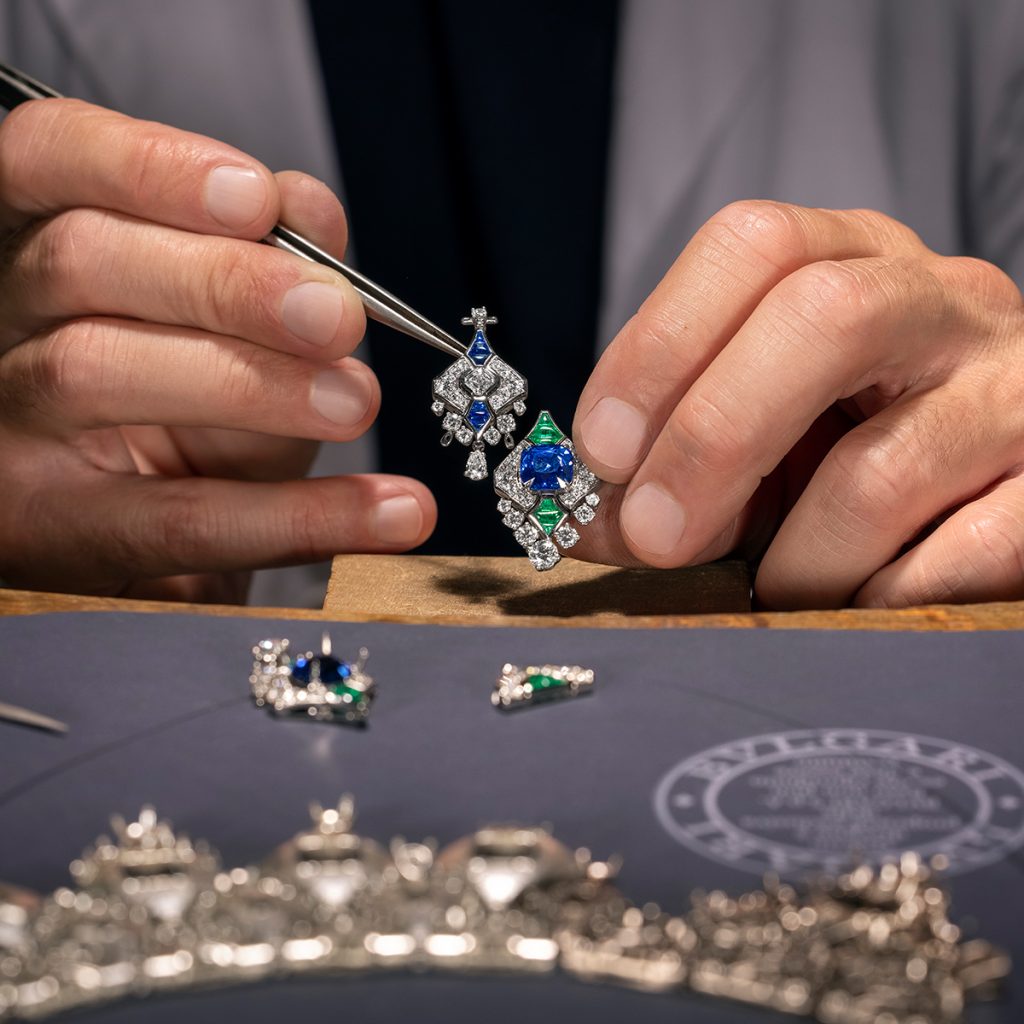
3. Strategies for Balancing Creativity and Market Demand
A. Seasonal Collections and Limited Editions
One way designers can strike a balance between creativity and market demand is through the release of seasonal collections or limited edition pieces. These collections often reflect more avant-garde designs or the designer’s latest creative exploration. They allow the designer to push boundaries and experiment with new ideas while still keeping within the brand’s overall aesthetic. By limiting the number of pieces produced, designers can create exclusive designs that appeal to collectors and fashion-forward consumers.
For instance, Chanel’s fine jewelry collections often feature a mix of classic, signature pieces along with more experimental designs that are only available for a limited time. This ensures that both traditional buyers and trendsetters are catered to without compromising the brand’s core identity.
B. Collaboration and Partnerships
Another strategy used by designers to maintain a balance between creativity and commercial viability is through collaborations with other designers, celebrities, or even fashion brands. These collaborations allow designers to introduce new elements into their creations, while leveraging the influence and market reach of their collaborators.
For example, Bulgari has famously collaborated with high-profile celebrities like Alicia Vikander and Zendaya, whose personal styles resonate with younger consumers. These collaborations enable the brand to blend classic luxury with the contemporary tastes of the influencers, generating excitement and broader appeal for the brand.
C. Innovation in Materials and Techniques
To remain competitive in a fast-evolving market, top designers are constantly pushing the boundaries of material innovation and production techniques. Designers use cutting-edge materials like lab-grown diamonds, eco-friendly metals, and sustainable gemstones to create pieces that are not only innovative but also align with growing consumer demands for sustainability.
For instance, Chopard’s Green Carpet Collection is an example of a jewelry line that marries sustainability with creativity, offering pieces made from recycled materials and ethically sourced gemstones. This kind of forward-thinking allows designers to create pieces that meet both the creative standards of high-end jewelry and the ethical preferences of consumers.
4. Conclusion: The Art of Balance
In conclusion, top jewelry designers must be adept at striking a delicate balance between artistic expression and market demand. Creativity remains at the core of every high-end jewelry collection, with designers continuously pushing the envelope to create innovative, unique pieces. At the same time, the demands of the luxury market require designers to keep a keen eye on consumer preferences, ensuring their designs are not only beautiful but also commercially viable.
By utilizing strategies such as seasonal collections, collaborations, and innovative materials, designers can craft jewelry that speaks to both the heart and the market. As the luxury jewelry industry continues to evolve, the most successful designers will be those who can consistently deliver on the balance between artistry and market expectations, ensuring their creations remain relevant, coveted, and timeless.

